Archive
2021
KubaParis
The Possibility of an Island
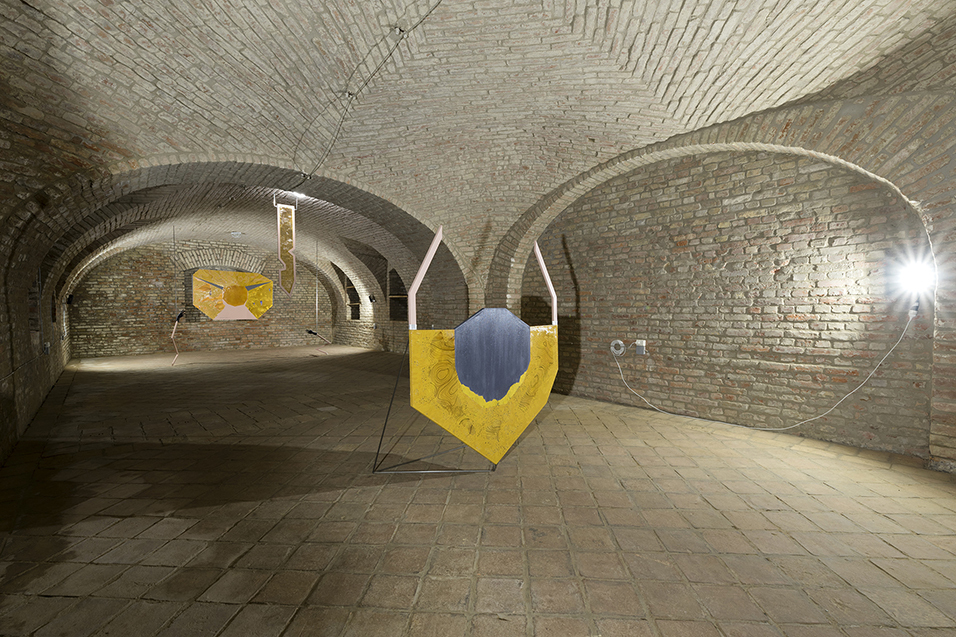
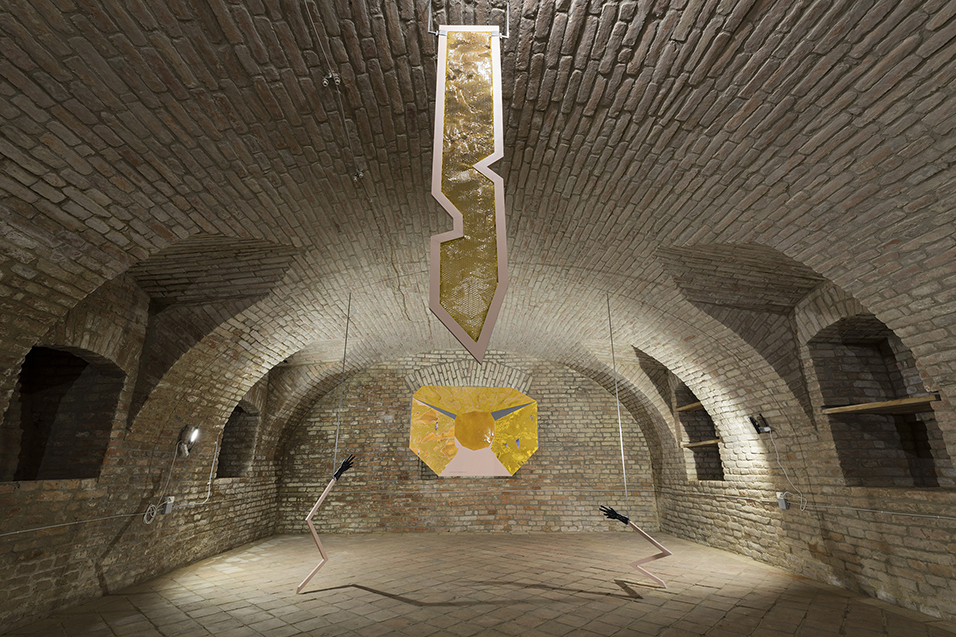
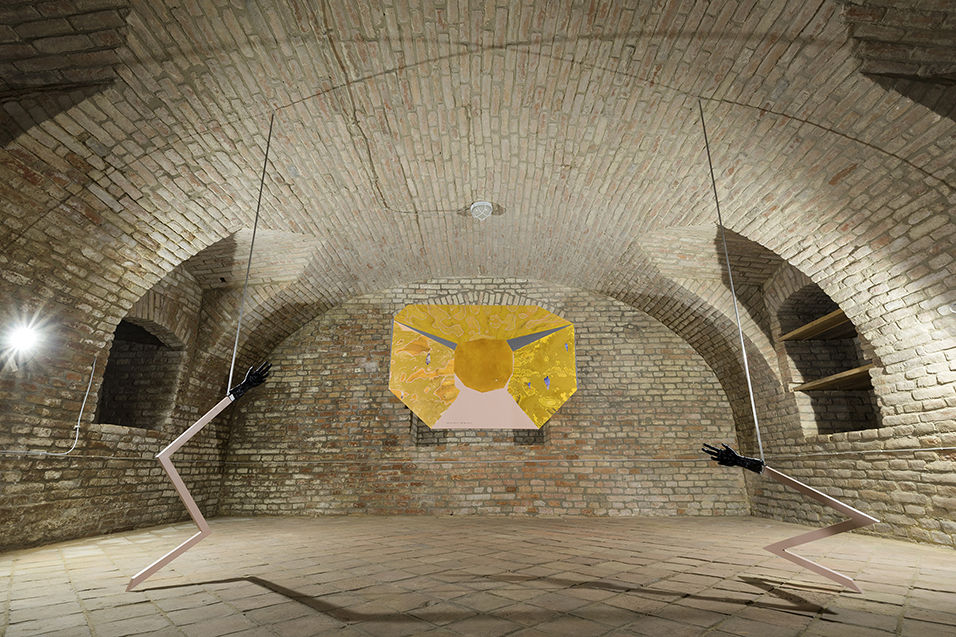
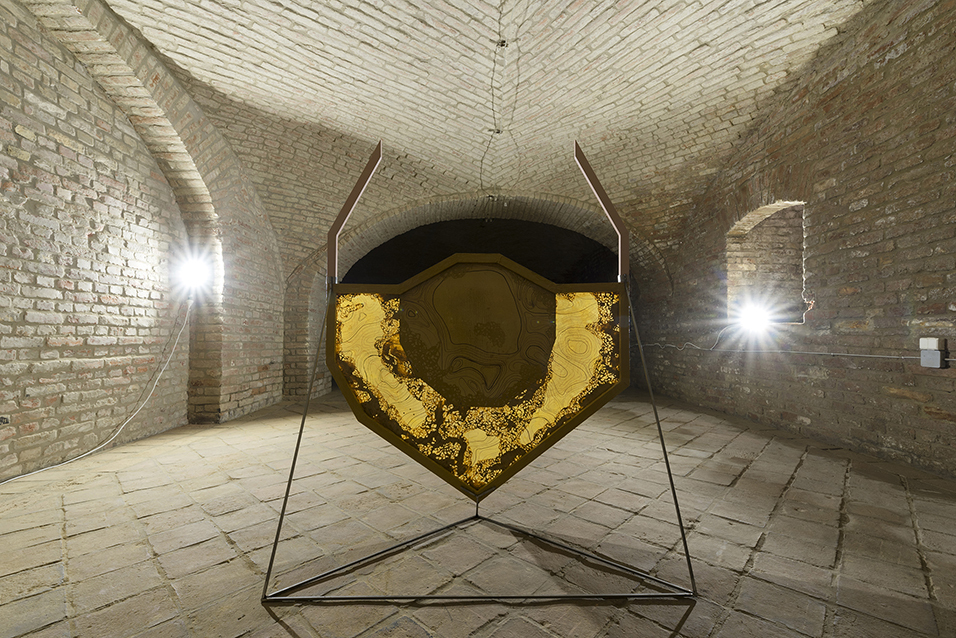
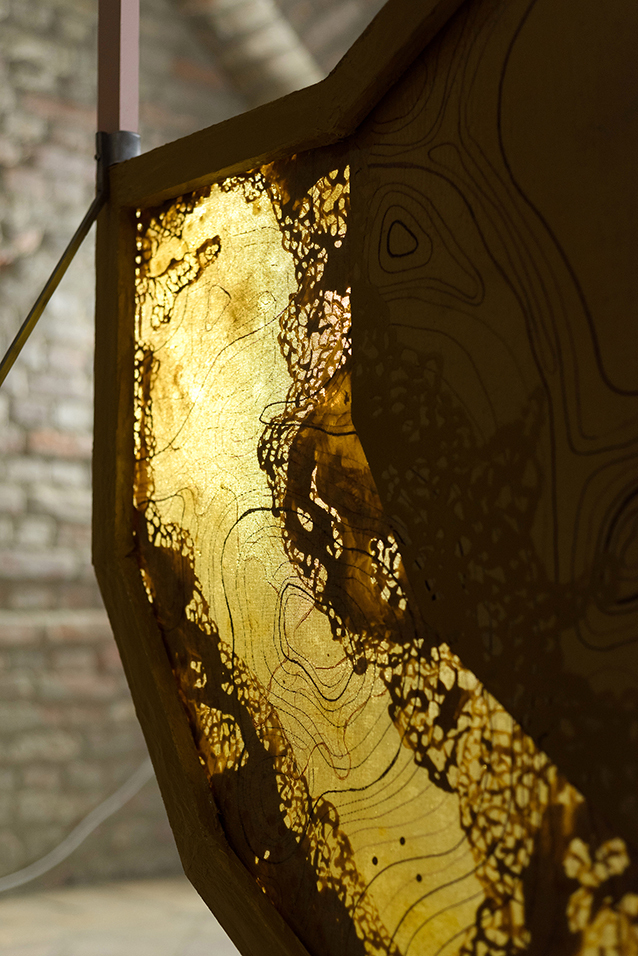
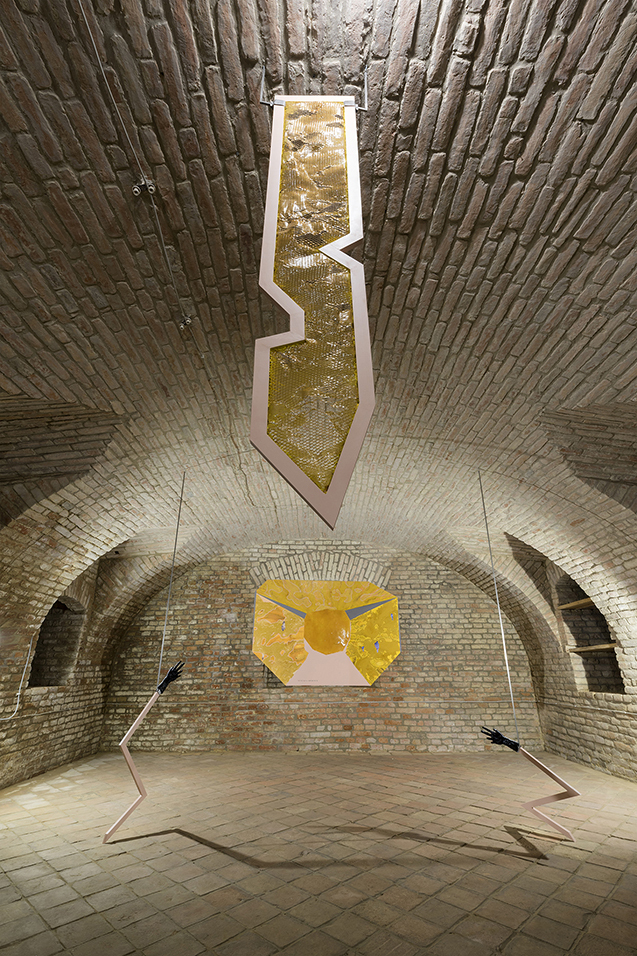
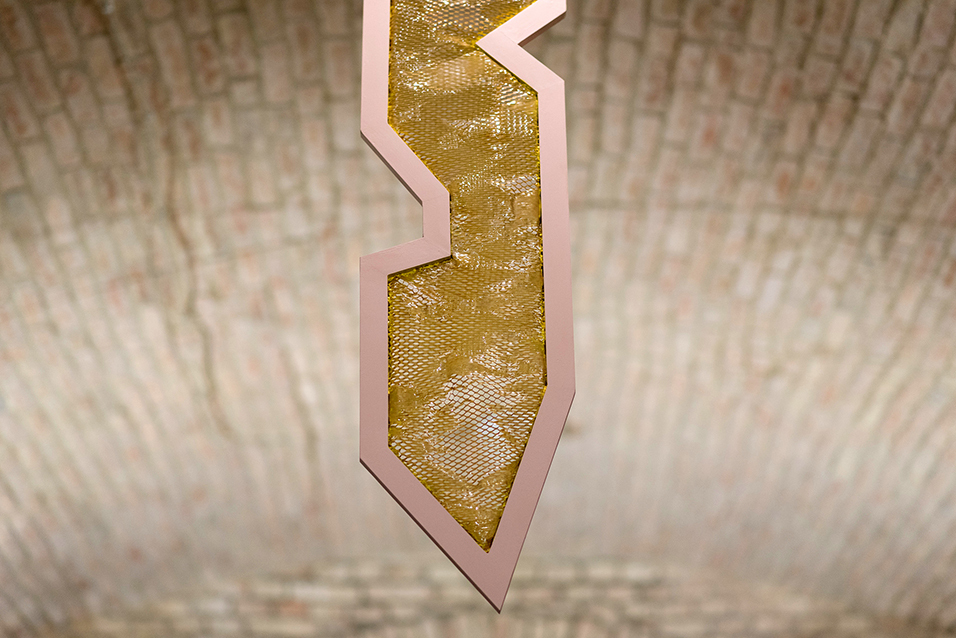


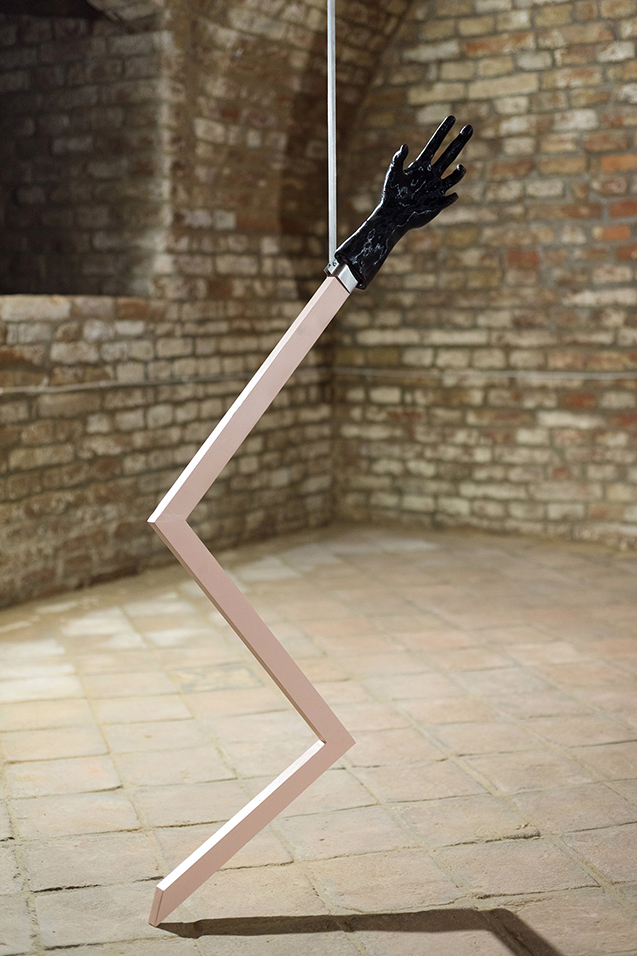
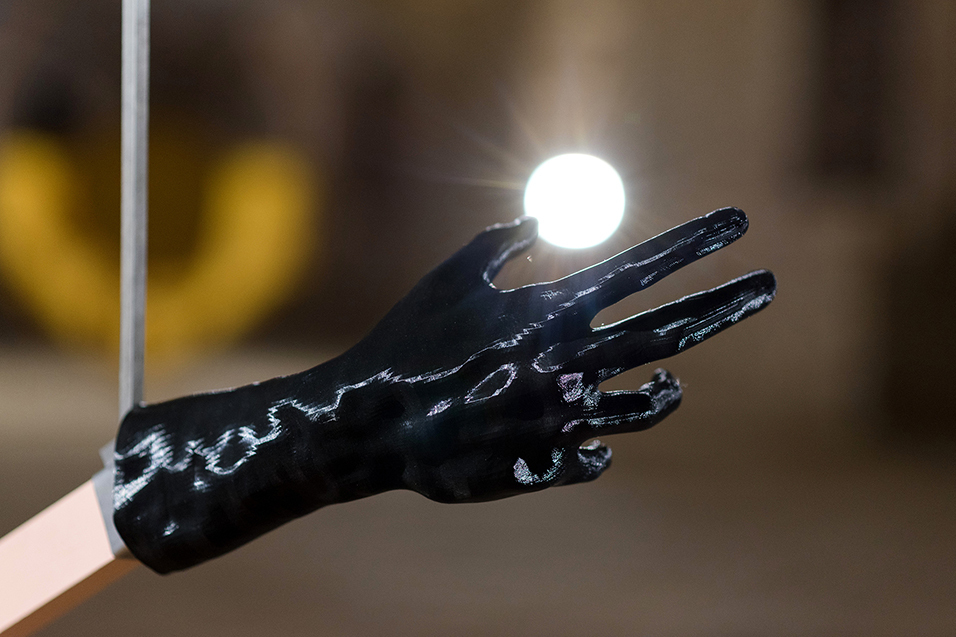
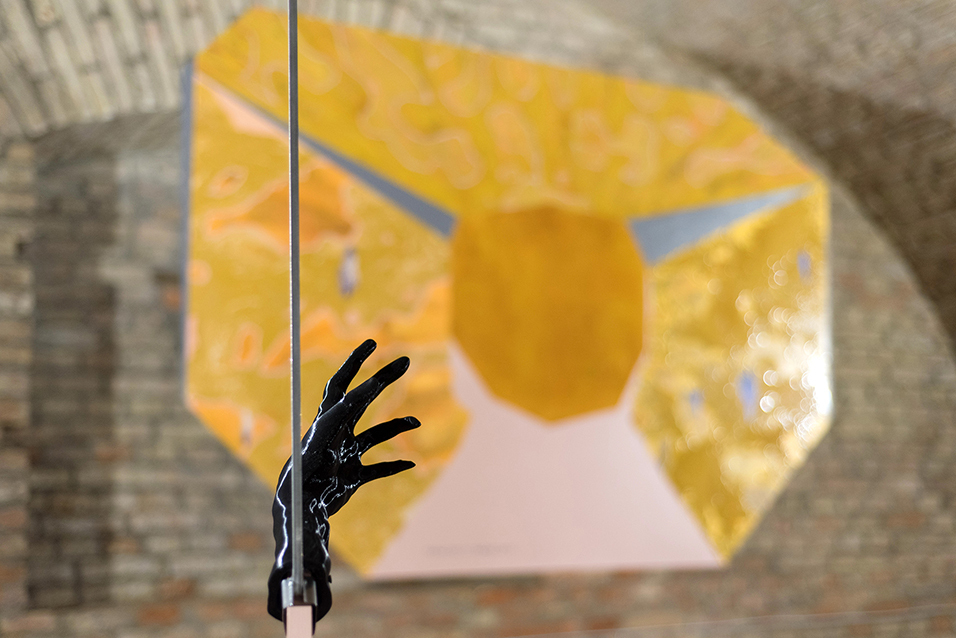


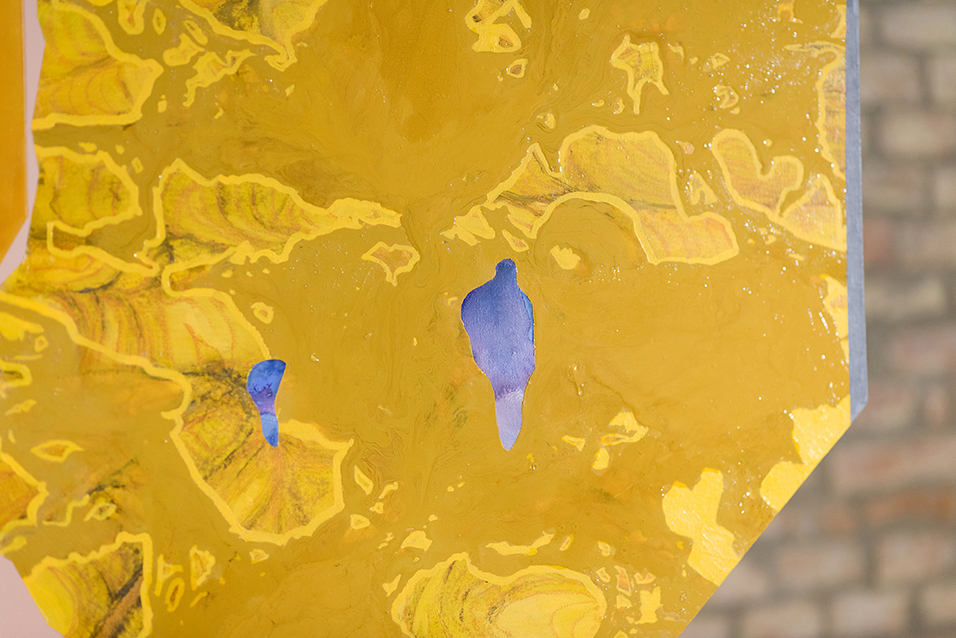

Location
Nagyházi Contemporary Gallery - Festetics Mansion in Alsóbogát, HungaryDate
23.07 –21.08.2021Curator
-Photography
Réka HegyhátiSubheadline
LILI AGG: THE POSSIBILITY OF AN ISLAND AN EXHIBITION ORGANIZED BY NAGYHÁZI CONTEMPORARY IN ALSÓBOGÁT, HUNGARY "You go down into a renovated cellar of a baroque castle in the middle of a sparsely populated village in South-West Hungary to find an unexpected exhibition of an emerging Hungarian artist. The contrasts between the extremely sizzling summer sun and the natural coolness of the basement creates tense atmosphere for Lili Agg’s installations. Very often Agg's starting point for an exhibition is an allusion to a single image. Previously she had references to found images from literature, art history, biology or memories. In this case, her attention was caught by an obscured area on Google Earth Map, above the Jeannette Island in the East-Siberian Sea. This black splotch, ideal phenomena for different conspiracy theories, is created by a digital data error which leads the attention toward the role of the leading online platform in conveying an image of the world."-Zsófia KókaiText
The Possibility of an Island
The starting point of the exhibition is a found Google Earth image of the Siberian Sea, where a blurred, dark spot appears in the middle of the blueness. As the mysterious masking was clarified quickly, the Eastern-Siberian Jeanette Island has never been a secret military base as many people thought, the amorf shape was accidentally created by a pixel error. However, the small bug inspired me to imagine this location as the last, completely hidden place on our planet. The island, just like a tabula rasa, provides us the possible implementation of a new utopia.
Anytime I imagined this place - ignoring the geographical reality - a sunny, warm, mediterranean island appeared, that shows similarities with the sites of many old, well-known utopias. Before I started to think about the ideal social structure that my escapism gave rise to―although I would never undertake it seriously―I realised that my imagination wasn’t able to release the visions of lost worlds. The utopias which at one time were seductive, visions of the future became empty, often terrifying thoughts of dictatorial social systems, isolated communas, failed initiative of community living by Le Corbusier or the problematic promises of neoliberalism, etc. Apart from a few exceptions, it seems that the alternatives of these utopias barely exist, as if we don’t have a vision of the future. Neither the objects of my desires adapt to our challenging present, they’re habitual, aligned with social expectations.
Perhaps, the creative visions and solutions have never been as necessary as they are now, when the shutdown of the last one and a half years takes our everyday life to a distant horizon of an utopia. More precisely, this period amplified the accessibility of the future full of inevitable resignations. The question arises: how can we create the visions of our future if the terms and tools of our present are nonfunctional?
Despite the expansion of utopias in time and space, we rightfully feel that these concepts have lost their society-shaping power. Instead of being critical and/or ambitious about the visions of our present and future, they’re only stories built up from well-known schemas. The exhibited installation built up in the symbolic basement of a baroque mansion as the conservation of feudalism, urges the reformation of utopias. The setting of the artworks creates a pseudo-mystical place, which promises about an idealistic world through the painted contour map-like patterns and the emerging layers. Meanwhile, the fragmented shapes draw attention to dysfunctionality of previous visions. The suffocating atmosphere of the painting at the back with the two, cuffed, powerless hands questions the raison d'être of our desires, moreover, shows their blocking, sometimes destructive effects. The exhibition reflects on one of our fundamental needs, that a new vision of the future is required, that shows a way out from the transitional periods we stucked in.
Lili Agg
Lili Agg and Bence Barta